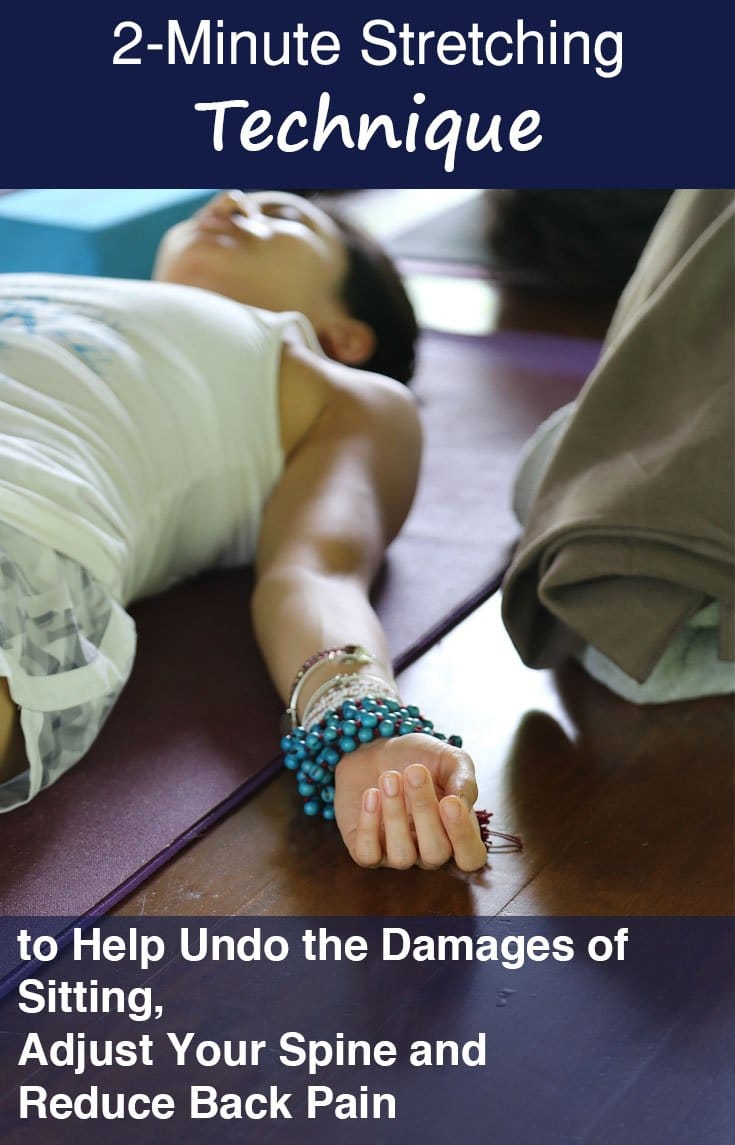Anybody who sits a lot during the day will eventually experience problems and symptoms associated with prolonged sitting. The worst symptoms are reduced spinal flexibility and fragile back muscles, which can result in bad posture and increased risk of spinal injury. Weak muscles on your back do not have the strength to properly carry your body while you need their flexibility for most daily activities.
This is why increasing the strength and flexibility of the muscles surrounding the spine, especially during your 30s and 40s, is a task that you must take seriously. If you are persistent, the benefits you gain will last you well into your twilight years.
The spine is divided into 4 sections: the cervical spine (neck), thoracic (chest/trunk), lumbar (low back), and sacral (pelvic area). These parts of the spine have different functions. The cervical spine is built for flexibility as it allows a vast range of motion for the head. The lumbar spine is built in response to the power of your abs and the flexibility of your hips. On the other hand, the thoracic spine’s main function is to maintain stability of the rib cage.
It is the lumbar spine that takes most of the strain caused by prolonged periods of sitting (as well as heavy lifting). It’s the most common source of back problems, including pain that radiates to the legs or feet – sciatica. The sacral region is second most prone to pain, being constituted from up to five fused segments of bone that deteriorate in times of stress, malnutrition or lack of physical activity.
Physical activity and muscle strength are important factors for spinal health. Regular stretching, body weight exercises, and proper posture are all important for supporting your spine. Furthermore, if you suffer from lower back pain after prolonged periods of sitting, you can notice improvements even after a couple of sessions of stretching.
If you have the time and patience we have developed several series of stretches and exercises specifically targeting the spine and back muscles, as well as other muscles supporting them. You can find our series here, here and here. If, however, you are searching for some light and simple stretching you can do in a few minutes and still tackle the symptoms of prolonged sitting, you might want to try the following stretch.
A Simple Restorative Stretch for the Lower Back

This pose will loosen up tight muscles in the lower back and upper legs to take the tension off your spine. All you need is a strap or long belt and an exercise mat.
Instructions:
- Lie on your back with feet firmly on the floor at hip’s distance apart. Place your hands to your side with your palms facing the ceiling and rotate your pelvis inward so that the small of your back is touching the floor;
- Take a few deep breaths and wrap your strap around your right foot so that it is resting just under the ball of your foot;
- Straighten your right leg upwards and hold each end of the strap firmly. Walk your hands upward on the strap so that your arms are almost straight;
- Try to keep your leg directly above your hip throughout the exercise;
- Hold for a few breaths and then repeat with the other leg;
- Next, repeat the stretch with your right leg and slowly straighten your left leg outward so that it is touching the floor. Keep your hips straight and keep both legs in line with your hips;
- Hold for a few breaths and then repeat with the left leg, extending the right leg on the ground;
- Release and bring your legs into your chest, wrapping your arms around them and gently rolling yourself side to side;
- You can start with several minutes’ worth of stretching, but can extend that as much as needed in times of pain.
Thank you for reading and don’t forget to share if you liked our post. You might also be interested in what the doctor said when a patient crawled to his office in sciatic pain agony.



